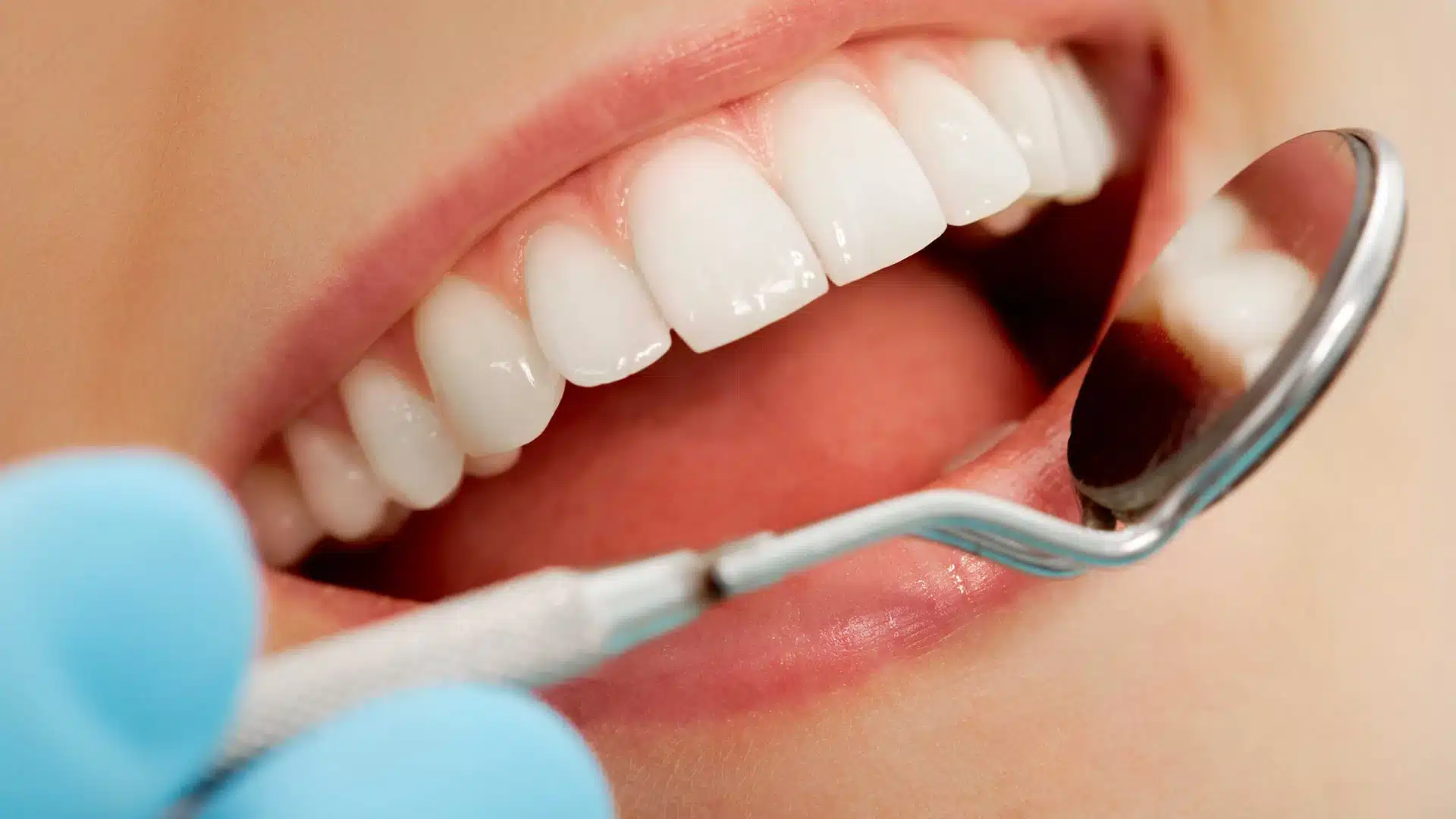According to a study from the American Academy of Cosmetic Dentistry, patients spent an estimated $372 million on dental veneers. That’s a lot of hard-earned money invested in Hollywood smiles. If you’re considering dental veneers as a way to improve your own smile, be sure to do your homework so you can help ensure you’re getting the perfect veneer.
The 4 C’s of Veneers
De Beers first introduced the concept of the ‘4 Cs’ as it applies to diamonds, meaning; carat, cut, clarity, and color. While there aren’t really 4 C’s of veneers, a beautiful looking, yet also clinically acceptable and therefore truly successful, veneer also requires close attention to size (carat), shape and fit (cut), material and texture (clarity), and color (well, color). While my wife might beg to differ, I’d even argue that getting the perfect veneer is even more important than getting the perfect diamond (and a veneer is much more reasonably priced, too).
When you’re discussing the color, shape, fit, and texture of veneers with your dentist it’s important to talk about the type of veneer that will meet your needs, but it’s also important to consider the shape of your mouth, your facial configuration, your lips, and the texture and size of your teeth. And when it comes to shade selection, your skin tone, your eye color, and even your hair color need to be accounted for.
What’s My ‘Type’?
There are two types of veneers; ‘porcelain’ and ‘composite resin’ (aka chairside veneers). “Composite” refers to the mixture of resin and fillers that are used to make changes in a tooth’s color, strength and durability- its the same stuff I use when placing white fillings. A composite veneer is applied in layers to the tooth and sculpted directly in your mouth. An ultraviolet light is used to heat up the composite until the appropriate color is achieved. I then use my instruments to sculpt the final shape of the tooth.
One advantage of a composite veneer is cost (for materials as well as labor, because it is made in office, versus being sent to a lab). Some patients prefer the one visit/instant gratification option. However, composite veneers are not necessarily as durable, stain resistant or color stable as porcelain.
Porcelain veneers are a good treatment option when a tooth has developed poor color, shape and contours, or there are some gaps between teeth. For certain stains that are not responsive to bleaching, it is also a good option for whitening. The first step (after the planning stage) in placing a porcelain veneer is to remove a layer of enamel that will create room for the veneer to be placed onto. Impressions are made and sent to the lab, where the final product will be made and you will leave my office with temporaries. Once placed, a porcelain veneer will actually resist staining better than a composite, it also reflects light in a similar way to natural tooth, and last longer before needing to be replaced.
There’s a Big Difference Between a Michelangelo and a Hummel
As with many things in life, preparation is key. There is definitely an art to placing veneers, and they frequently fail because certain protocols are not followed, or some steps are skipped. It begins with a consultation, an analysis of your smile, documentation and a diagnostic wax model to ensure that everything fits and looks good before the final veneers are made.
A house requires a solid foundation to support it’s walls, and teeth are no different. It is crucial to take into consideration the height of your periodontal tissue (gum line). Too much, and it can make teeth look small, giving you a gummy smile. However, symmetry is also key, because if your gum is lower on the two front teeth and not on the canines, it can give the appearance of dracula teeth. Getting the wrong size and shape of veneer for your mouth could potentially result in ‘Chiclet teeth’ (thick and bulky), piano keys (too long) or worse; horse teeth. Finally, the wrong balance of color and translucency will make your teeth too opaque and you will look like you have bathroom tiles in your mouth. I have yet for someone come into my office requesting the ‘gummy horse with fangs made out of tile’ look.
Ultimately, the difference between a good dental veneer and a bad one is a bit like press-on nails versus a natural manicure. Poorly executed veneers can affect things like your bite (or ability to bite your nails), even playing the flute. Have you ever tried to scratch an itch with a press-on nail? Not that I have, but my wife tells me it’s nowhere near as satisfying.
If you want to learn more about cosmetic dentistry, click here. If you’re interested in veneers, contact us or give us a call at (207) 782-5308. We’re always happy to talk teeth!





